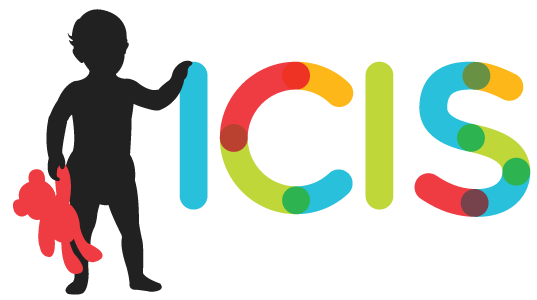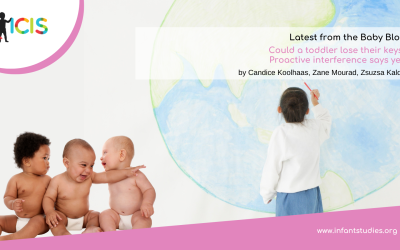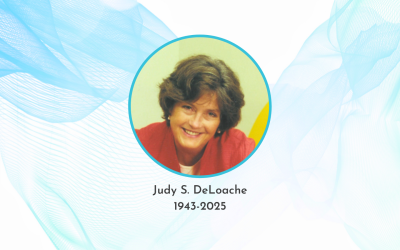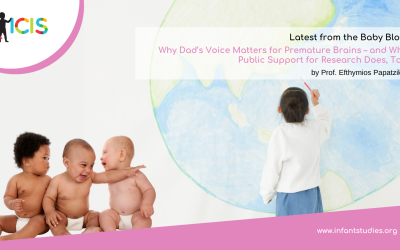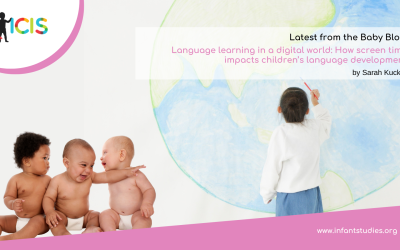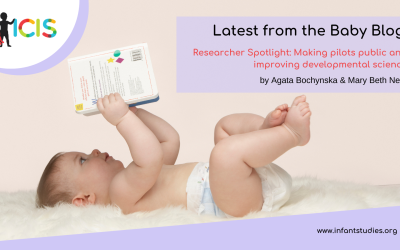Have you ever found yourself driving to work when you should have been driving to the new gym you just signed up for? Or walking to your usual parking spot, only to remember you parked in a different lot that day? These kinds of memory mix-ups are examples of what we...
Baby Blog
In Memoriam: Judy S. DeLoache
September 10, 1943—October 23, 2025 Judy S. DeLoache was born on September 10, 1943 in the small town of Holyoke, Colorado where she grew up on a wheat farm. There were only 38 people in her graduating class. But being from a small town did not keep her from having a...
Why Dad’s Voice Matters for Premature Brains – and Why Public Support for Research Does, Too
The big picture Thanks to modern neonatal care, more preterm babies are surviving than ever before. Yet more than thirteen million babies worldwide are still born early each year, and many spend their first days or weeks in neonatal intensive-care units (NICUs) ([1];...
A funny thing happened in the infant lab: What humor can teach us about how infants think
Two things happened early in my career that changed everything, personally and professionally: I had a baby and within a few months, he began to laugh. It was the simplest but most astounding developmental observation I had made, effectively turning my research focus...
Language learning in a digital world: How screen time impacts children’s language development
We have all seen dramatic taglines about the impact of screens on children’s development such as “Too much screen time harms children” or “More screen time linked to delayed development”. These claims rest on research showing that, in general, digital media has been...
Making pilots public and improving developmental science
In developmental research, we rely heavily on piloting to refine our methods and make our studies more robust. Being more transparent about procedures and observations from pilot studies could help us tackle several field-specific challenges. What emerges during...
